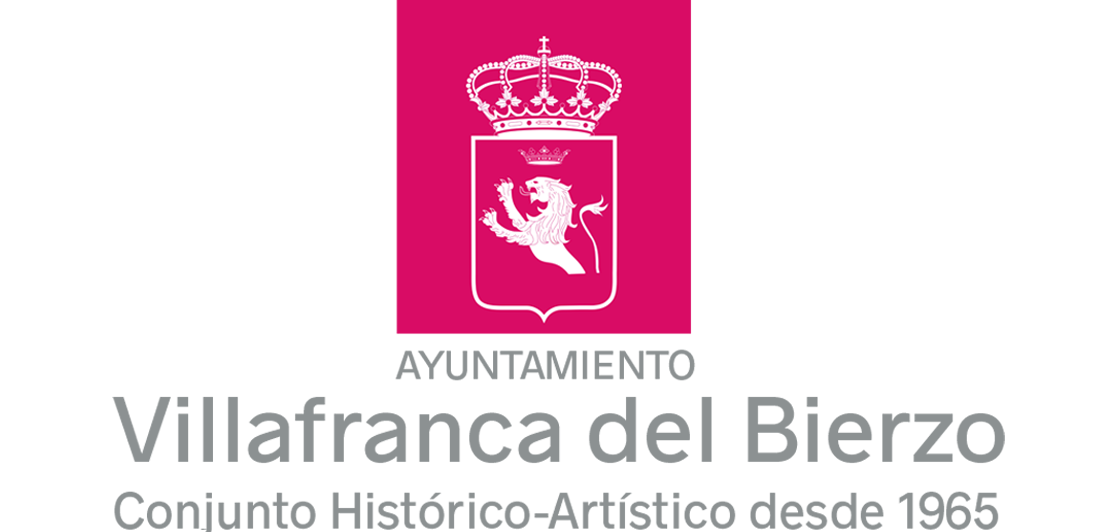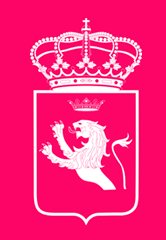Heritage
Church of Santiago
Romanesque temple built during the XII th century. The Northern doorway is called “door of forgiveness”. Those pilgrims unable to continue their way to Compostela are granted the same indulgences as if they had reached their destination, The cathedral of Santiago. The church has only one nave and a Baroque chapel from the XVIII th century with the carving of “Our Lady of Sorrows”. In the apse there is a Gothic crucifix from the XIV th century.
Tejedores Quarter
This is one of the most popular neighbourhoods in town. Here is where the workmen of the textile industry used to dwell and work.
Convent of la Anunciada
It was founded as a hospital for pilgrims. Its founder was Pedro Alvarez de Toledo y Osorio ( in 1606 ). Originally it was made for Pedro´s daughter, María, who had a remarkable religious devotion. The church harbours the remains of St. Lorenzo de Brindis who was a Capuchin monk. The family vault of the Marquis can be beheld at the foot of the church. And last but not least, a collection of pictures from the XVI th century can be found inside the church.
Convent of San Nicolás
Former Jesuit school of Theology from the XVII th century. It was founded by Gabriel de Robles. It has a non-guilt Baroque altarpiece from 1699, in whose centre is the Patron Saint of Villafranca (the Christ of the Hope), which is a Baroque carving from the XVII th century.
Del Agua Street
In the XVII th and XVIII th centuries it was the shopping and handicraft area par excellence. It is also a section of “El Camino” inside the very village. Some of the most remarkable monuments that can be found here are: Houses with coats of arms, traditional typical architecture, Torquemada´s palace and the Marquis palace.
Collegiate of St. María
Originally it was a monastery of the French order of Clunny. After decades of crisis, the monastery was turned into a new temple in the XVI th century by the second Marquis of Villafranca. Crucible of styles, it was started in late Gothic Style, with Renaissance and Baroque elements. It harbours Renaissance and Baroque chapels and a choir from the second half of the XVIII th century (Rococo style). Furthermore, several carvings representing Easter scenes can be seen inside.
Church of San Juan
It is located in the outskirts of Villafranca, on the road to Corullón. Romanesque church from the XII th century; it has a tank from the roman´s time (II th century A.D.)
The Castle
Built in the XVI th century; it has square ground plan with four round towers at the corners. It is as much as palace as a castle, so it is not a fortress. Several coats of arms of the marquis of Villafranca can be found on its walls.
Convent of La Laura
The building does not exit anymore; it was situated next to the castle. Founded by María de Toledo, sister of the 5 th marquis of Villafranca who became Duchess of Alba when she married Fadrique de Toledo. It was founded in 1601 but it was transferred to Valladolid; it is there since 1606.
Garden of La Alameda
Romantic garden from 1882. With a labyrinth like design, in its centre is the fountain of “La Chata”, which was brought from the cloister of the Monastery of Carracedo. Every year, the last Sunday of the springtime, a poetry contest takes place in this garden.
Church of San Francisco
Originally it was a Grey friar convent, but after the Secularisation (1835) the only remains of the convent is the church. In its founding it was placed near the Agua street, and in 1285 was transferred to its current location. The church was reformed in the XV th century in Gothic style. It is roofed over by a XV th century coffered ceiling with Gothic foliages. It has a huge Baroque altarpiece from the XVII th century. There are several important vaults and chapels from the XVI and XVII th centuries.
Main square
It harbours the city hall and a nice theatre from 1905.


